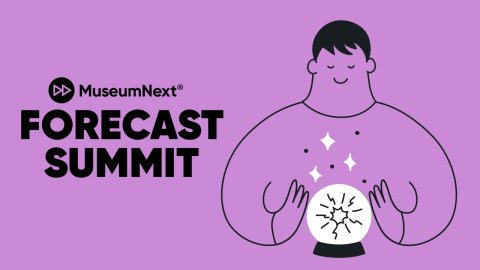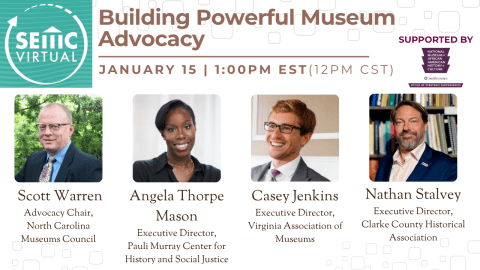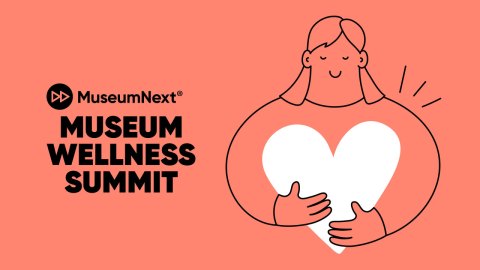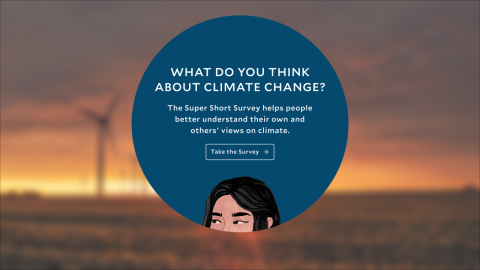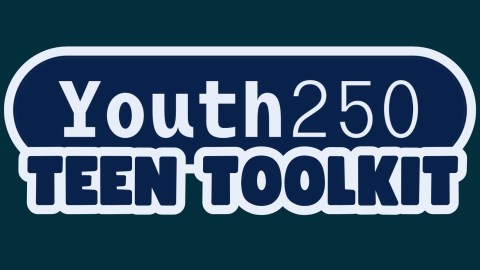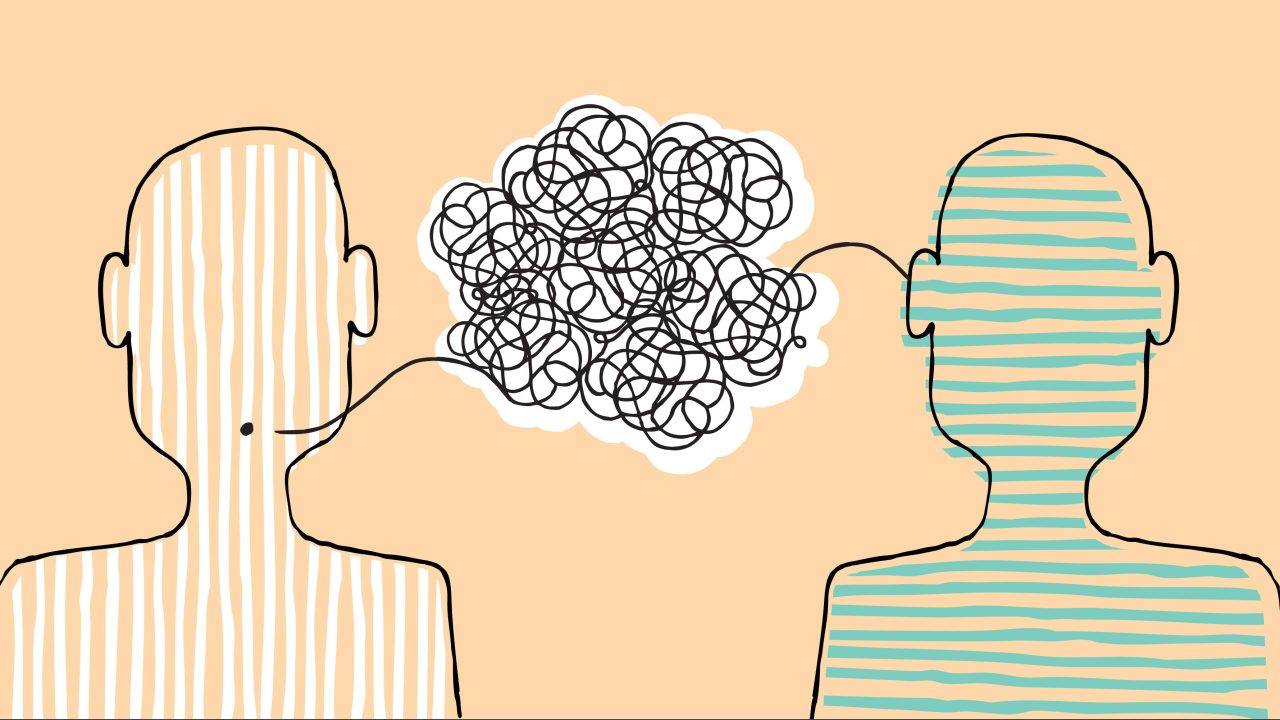
Imagine sitting down with local community members and hearing stories about the places they feel they can show up as their most authentic selves, or where and how they have learned something interesting in the past, or what drives them to leave their house and go somewhere for an experience. What common themes might emerge from these stories? How might these stories help us design more meaningful, engaging, and powerful experiences in museums?
In research and evaluation, one of the most powerful tools for capturing these kinds of stories is called empathy interviews. Empathy interviews are a unique interview strategy using open-ended questions to elicit stories and feelings about specific experiences that help to uncover unacknowledged needs. They differ from more “traditional” interviews, focus groups, or surveys for several reasons:
First, empathy interview questions are story-based; they prompt people to recall a specific time, place, or experience. For example, while a more traditional interview question might be, “What would help this museum be more inviting?” an empathy interview question might ask, “Tell me about a time when you felt welcomed in a new space. Tell me about a time when you didn’t.” This also means the questions don’t need to be specifically focused on your museum, or even museums in general, because the answers may come from other experiences outside of museums.
A second difference between empathy interviews and more traditional kinds is that the question protocol you design beforehand is merely a guide, not something you need to follow with fidelity. The interviewee’s stories should direct the conversation instead. For example, if they begin a story about a time they felt welcomed in a new space, follow-up questions should encourage them to go even deeper into the story, using simple prompts like “Tell me more” and “How did you feel?” That way, you invite depth without directing which details the person does or does not share. The interviewer should continue to ask questions about the story for as long as there is a story to tell. Sometimes this means an interview only uses a few of the questions on the protocol.
A third, and perhaps most important, difference is who is involved in the process. Empathy interviews are usually conducted by diverse teams of people trained in the method, including forward-facing staff, community members, youth, and board members. The “special sauce” of empathy interviews is that there is opportunity for collective sense-making by people with diverse perspectives who not only conduct the interviews, but analyze the data together.
The best way to illustrate how empathy interviews can benefit museums might be through examples. Consider these scenarios:
- A museum is trying to understand why the communities in its immediate neighborhood are not visiting. In order to better understand the root causes of why this is happening, it sets up a series of empathy interviews with community members through local cultural, religious, educational, and social organizations.
- A museum is exploring how it might update its space to be more engaging and responsive to a younger demographic. The staff sets up a series of empathy interviews with students from local schools to hear about experiences they find engaging. Themes and patterns begin to emerge across these stories that provide insights for the museum to test out in future exhibits.
- A museum has implemented a new system to retain current staff members, and after several months museum leadership wants to understand how these changes are impacting staff. They set up a series of empathy interviews trying to understand how staff are currently experiencing these shifts in practice.
- Museum staff members are trying to unpack a problem that emerged from a recent data set: First-time visitors to the museum rated their experiences lower than repeat visitors. The team turns to empathy interviews with first-time visitors to try to better understand their lived experience.
As all of these examples show, empathy interviews can help uncover peoples’ unacknowledged needs, root causes of problems, and even potential solutions. And the number of interviews is not as important as who is interviewed: people whose stories and experiences are often marginalized. Prioritizing these voices can have an impact that reverberates beyond evaluation. Some empathy interviewers report that their practice is an intervention in and of itself, helping the organizations they work with develop meaningful connections and relationships with the communities they serve.
If all this has you convinced and wanting to try out the technique for yourself, here are some things to consider when preparing for empathy interviews:
- Confirm or adjust your why. Empathy interviews can be used for multiple purposes: to identify issues that need to be addressed by the system, unpack the root causes of a problem from a community perspective, and/or to gather information that inspires new solutions. As a team, be clear about your purpose.
- Choose your interview questions. A typical empathy interview protocol has four to six open-ended, story-based questions which translate into a ten-to-twenty-five-minute interview. Use question stems such as:
- Tell me about a time when ____.
- Tell me about the last time you ____.
- What are your best/worst experiences with ____?
- Can you share a story that would help me understand more about ____?
These questions should be followed by open-ended prompts, like “Tell me more,” “Why?” and, “What were you feeling then?”
- Decide who to interview. It is important to be intentional about who you do and do not include in the process. Choosing to listen deeply to people who have been historically marginalized by our systems will help to build equity, while only interviewing people who are “usually” listened to will only confirm what we already know.
- Assemble and train the interview team. Build a team of interviewers that is both broad and diverse, considering in the process:
- Relationships. When possible, consider an interviewer who already has a trusting relationship with the people you will be interviewing.
- Power dynamics. Consider how race, position, age, or gender might play out in an empathy interview setting. Choose interviewers who participants will feel comfortable opening up to.
- Language needs. Include multilingual interviewers or translators who can speak the primary languages of your participants so they can express themselves easily.
- Community. Consider including a variety of community members themselves as interviewers, so participants feel they are speaking with a peer.
At a minimum, training for interviewers should include time to learn about and practice empathy interview techniques, with special attention to creating comfort, minimizing bias, and attending to power dynamics.
As museums look to find more sustainable, meaningful, and equitable ways to serve their communities and staff, empathy interviews can be a powerful and embedded practice to support reflection and action. They can help museums be more responsive to those they serve and employ, and create a conduit to strengthen relationships through deep listening. Choosing whose voices to amplify is often the most important way we can design more equitable systems.
For more information, consider these resources and learning opportunities:
- Empathy Interview Planning Guide
- Empathy Interview Tool Kit
- Free CARE-apy Webinar | Empathy Interviews: Understanding the feelings and perspectives of museum personnel and visitors
Join us for an exciting webinar on the use of empathy interviews in museums! Empathy Interviews are a powerful tool for gaining a deeper understanding of visitors’ experiences, perspectives, and feelings. Using interactive activities, we will explore the benefits of empathy interviews, best practices for conducting them, and practical tips for getting started.
June 20, 2023
1:00-2:00 PM Eastern Time
RSVP required.
Register here: https://aam-us.zoom.us/meeting/register/tZEkcO6tqT8pGNJhS-Q9PCHFG4HoRaD01XEP
